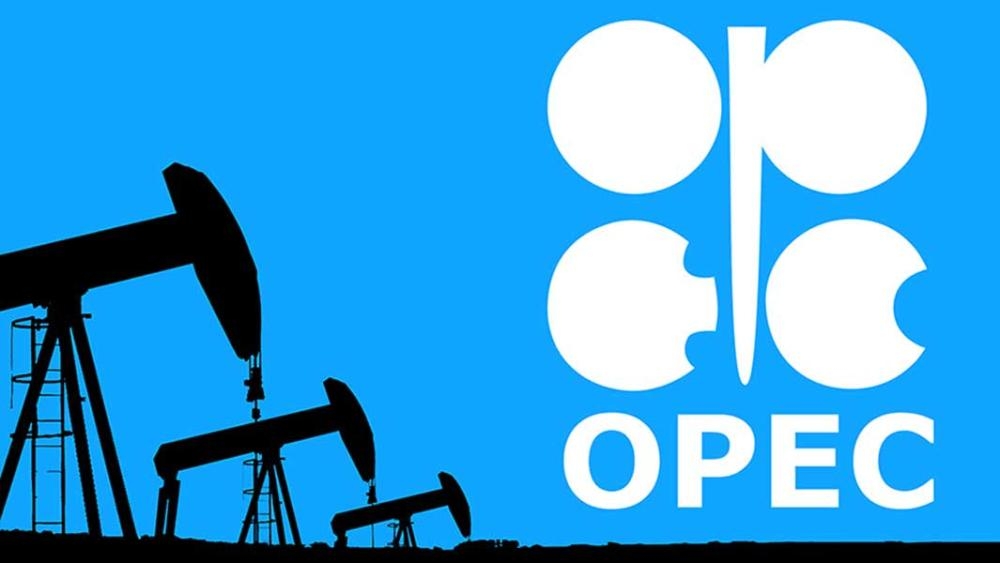
OPEC squeezes oil output to 4-year low
OPEC production fell to a four-year low in January as it applied a new pact to boost global oil prices, the International Energy Agency said Wednesday, but Russia and other ex-Soviet states failed to cut back output as much as promised.
The Paris-based organization said that OPEC crude output dropped by 0.93 million barrels per day (mbd) to 30.83 mbd in January.
OPEC members along with allies including Russia agreed in early December to trim production by 1.2 mbd from January 1, in a bid to eliminate a production glut and shore up prices.
The IEA said that compliance with the so-called Vienna Agreement was 86 percent by OPEC states, with Saudi Arabia, UAE and Kuwait cutting by more than promised.
Compliance by non-OPEC participants was only 25 percent, however, it said.
According to IEA data Russia made only 18 percent of its pledged cut of 0.23 mbd.
Kazakhstan increased production, while Azerbaijan only cut 15 percent of what it had promised.
Previous pacts by OPEC and its partners including Russia, often called OPEC+, to cut back production have been marked by initial low compliance rates by certain countries.
Overall, global supply fell by 1.4 mbd to 99.7 mbd in January, according to the IEA, which said cuts imposed by authorities in the province of Alberta in Canada, which is not party to the Vienna Agreement, also contributed to the reduction.
World oil markets have been on a rollercoaster ride in recent months, with the OPEC+ group agreeing to cut back production again from January in order to reverse a slump in oil prices on abundant production and worries about slower global growth.
Just months earlier, they had relaxed production caps as prices shot higher on market worries about the impact of US sanctions on Iran.
Those fears dissipated after Washington eventually granted waivers allowing several countries to continue to import Iranian oil.
The IEA noted that new US sanctions announced in January on Venezuela’s state oil company PDVSA have not so far caused market jitters.
“Oil prices have not increased alarmingly because the market is still working off the surpluses built up in the second half of 2018, when global supply is estimated to have exceeded demand by 1.3 mbd,” said the IEA.
IEA figures show Venezuala’s output dropping by roughly 30,000 barrels per day to 1.26 mbd.
While US crude production is expected to grow by an amount that exceeds Venezuela’s current output, the IEA warned that quantity is not the only important issue.
Refineries are built to handle a certain quality of crude, and those which process so-called heavy crude from Venezuela, Canada or the Middle East cannot be easily converted to treat the light shale oil that is now being produced in greater quantities in the United States.
The IEA also raised its estimate for the increase in non-OPEC crude supply in 2019 to 1.8 mbd, which is 0.3 mbd higher than previously.



























